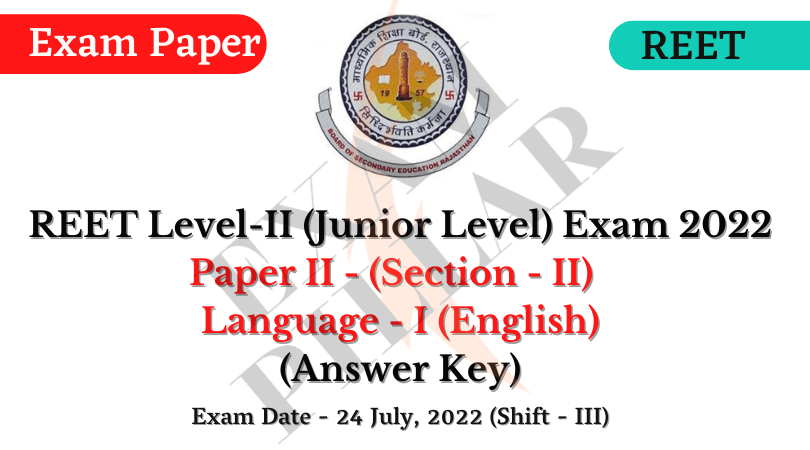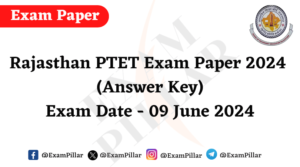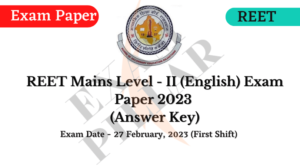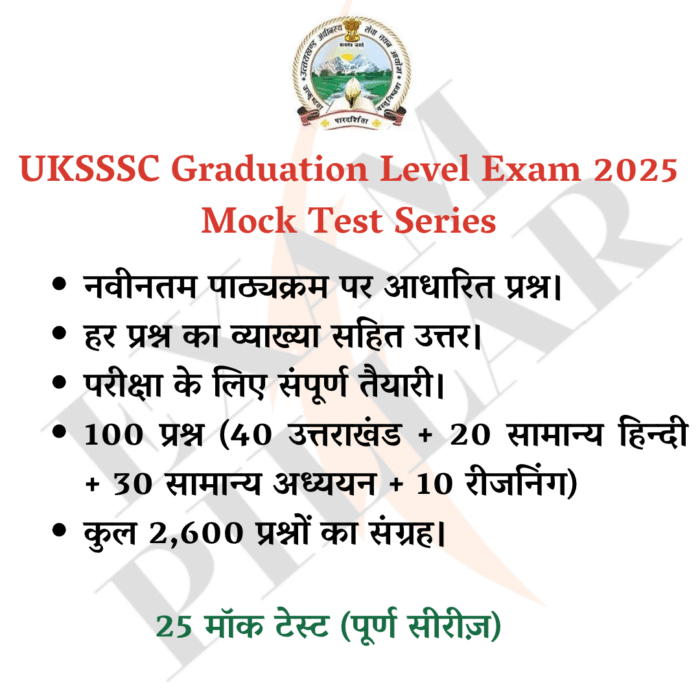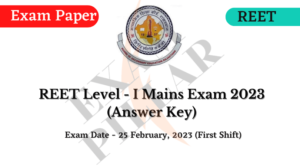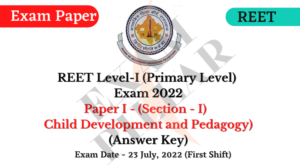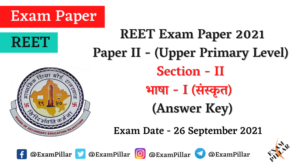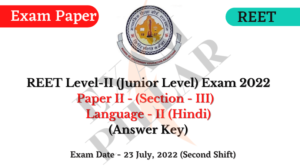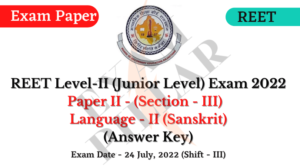46. Which one of these is not a Quantitative Techniques of Evaluation ?
(A) Oral Techniques
(B) Observation Techniques
(C) Practical Techniques
(D) Written Techniques
Show Answer/Hide
47. The technique of evaluation that includes certain statements of Yes and No type is :
(A) Check list
(B) Observation techniques
(C) Rating scale
(D) Anecdotal records
Show Answer/Hide
48. Which one of these is not a function of CCE ?
(A) Children can know their strengths and weaknesses.
(B) It provides the child a realistic self-assessment.
(C) It does not help teacher to organise effective teaching strategies.
(D) It helps in identifying changes in attitudes and value systems.
Show Answer/Hide
49. One of these is a feature of formative assessment :
(A) It is an assessment of learning.
(B) It is a diagnostic and remedial.
(C) It is the most traditional way of evaluating students’ work.
(D) It is generally taken by students at the end of a unit.
Show Answer/Hide
50. Functions of evaluation are :
(A) Diagnosis, motivation
(B) Diagnosis, prediction
(C) Motivation, understanding
(D) Teaching, learning
Show Answer/Hide
Read the passage and answer the questions (Q. Nos. 51 to 55) that follow :
Why do people get stressed ? Adolescents are faced with the demands of their developmental task and that of a complex society. They need to acquire skills of adjustment to emerge into adulthood unaffected by these demands. If they lack these skills or if too many demands are made on them, they fail. Students are anxious, as they are worried about whether they would be able to live up to the expectations of their peers, parents and teachers. Optimal anxiety motivates and keeps them ahead while over-anxiety is disabling. Anxiety is contagious and passes onto other students, teachers and parents. Adolescents, when stressed out, tend to perceive everything as an emergency.
51. Choose the Synonym for the word ‘emergency’ :
(A) exogamy
(B) exigency
(C) exequy
(D) exemplary
Show Answer/Hide
52. Choose the Antonym for the word ‘optimal’ :
(A) enamel
(B) decimal
(C) unideal
(D) imaginable
Show Answer/Hide
53. Choose the misspelt word :
(A) percepsion
(B) motivation
(C) complexion
(D) paternal
Show Answer/Hide
54. Noun for the word ‘developmental’ will be :
(A) develop
(B) developing
(C) developed
(D) development
Show Answer/Hide
55. Choose one word for ‘a disease spread by direct or indirect contact of people or organism’:
(A) complexity disease
(B) stress disease
(C) contagious disease
(D) fever disease
Show Answer/Hide
Read the passage and answer the questions (Q. Nos. 56 to 60) that follow :
Education as commonly understood by people means acquiring certain knowledge and skills in order to earn their living. But that is only one purpose of education. You may ask why ? This is because humans are much more than just wage-earning machines. They are endowed with emotions and feelings which enrich their life. These emotions and feelings need to be developed so that they can develop into social beings, able to interact with fellow beings who are also members of that society of which they are a part.
56. ______ in order to earn their living. Here living is :
(A) a noun
(B) an adverb
(C) an adjective
(D) a verb
Show Answer/Hide
57. Choose compound adjective from the phrase ‘wage-earning machines’.
(A) wage
(B) earning – machines
(C) machines
(D) wage – earning
Show Answer/Hide
58. Which of the following phrases has a determiner in it ?
(A) acquiring knowledge
(B) They are endowed
(C) humans are much more than
(D) You may ask why ?
Show Answer/Hide
59. ‘Education as commonly understood by people means acquiring certain knowledge and skills in order to earn their living.’
Which tense is used in the above sentence ?
(A) Present indefinite
(B) Past indefinite
(C) Past perfect
(D) Present perfect
Show Answer/Hide
60. Which of the following has the three degrees of the adjective in their correct form ?
(A) common, more common, most common
(B) common, commoner, commonest
(C) common, commoner, commoniest
(D) common, commoneer, commoniest
Show Answer/Hide
| REET Level 2 (Junior Level) Exam Paper 24 July 2022 (Shift – III) | |
| REET Level 2 Exam – 24 July, 2022 (Section – I, C.D.P.) (Answer Key) | Click Here |
| REET Level 2 Exam – 24 July, 2022 (Section – II, Language I – Hindi) (Answer Key) | Click Here |
| REET Level 2 Exam – 24 July, 2022 (Section – II, Language I – English) (Answer Key) | Click Here |
| REET Level 2 Exam – 24 July, 2022 (Section – II, Language I – Sanskrit) (Answer Key) | Click Here |
| REET Level 2 Exam – 24 July, 2022 (Section – III, Language II – Hindi) (Answer Key) | Click Here |
| REET Level 2 Exam – 24 July, 2022 (Section – III, Language II – English) (Answer Key) | Click Here |
| REET Level 2 Exam – 24 July, 2022 (Section – III, Language II – Sanskrit) (Answer Key) | Click Here |
| REET Level 2 Exam – 24 July, 2022 (Section – IV(a) – Mathematics & Science) (Answer Key) | Click Here |
| REET Level 2 Exam – 24 July, 2022 (Section – IV(b) – Social Studies) (Answer Key) | Click Here |
| Read Also : |
|---|

